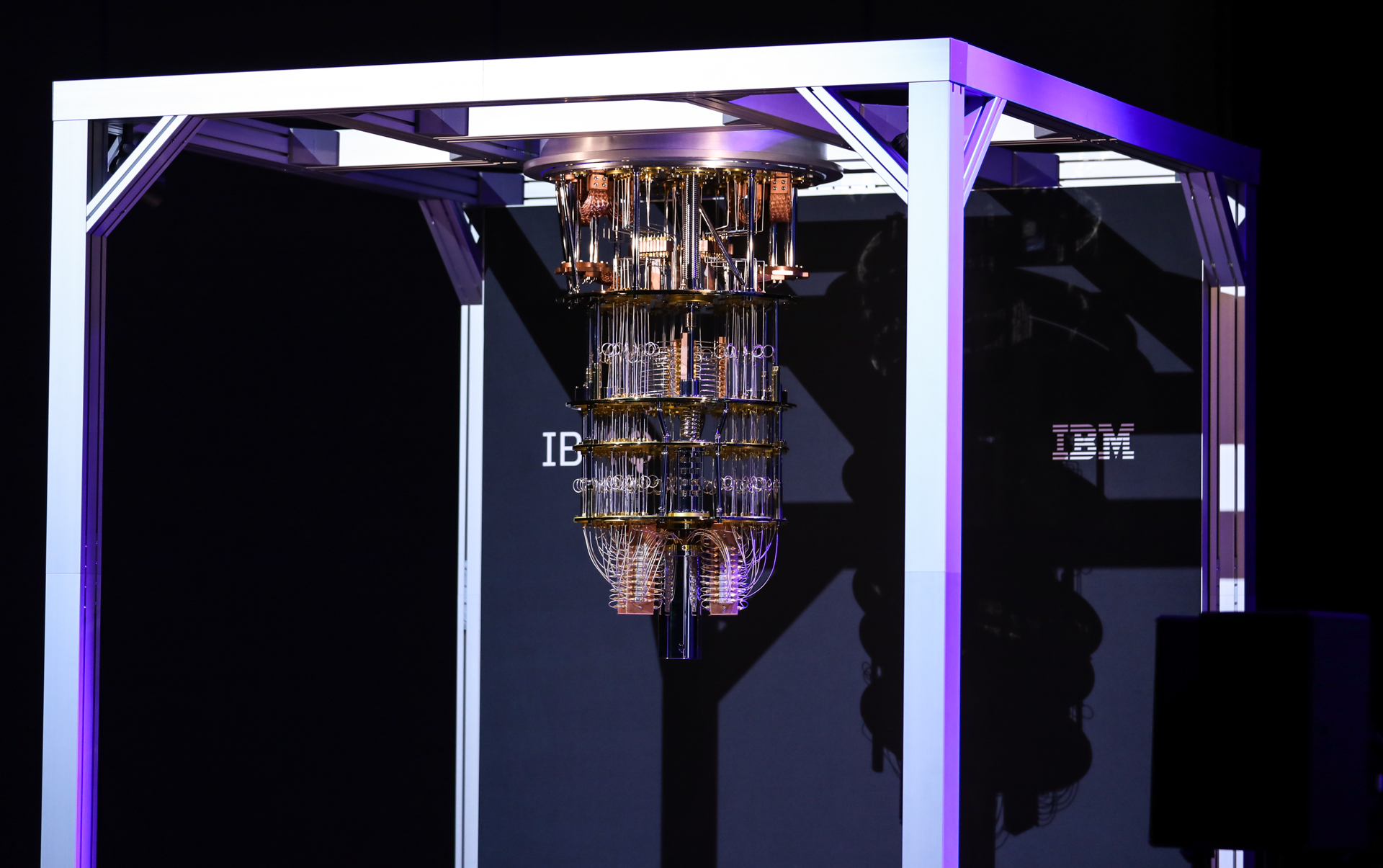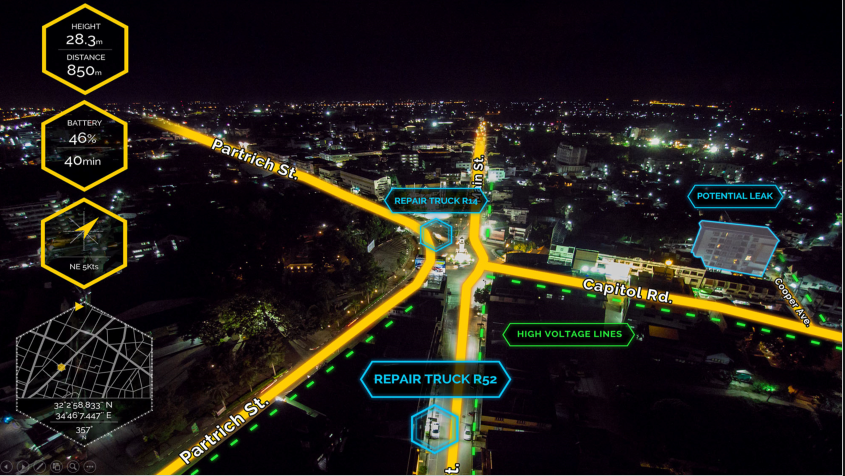The manufacturing industry took a hard hit from the Covid-19 pandemic, but there are signs of how it is slowly starting to come back into shape — helped in part by new efforts to make factories more responsive to the fluctuations in demand that come with the ups and downs of grappling with the shifting economy, virus outbreaks and more. Today, a businesses that is positioning itself as part of that new guard of flexible custom manufacturing — a startup called Fractory — is announcing a Series A of $9 million (€7.7 million) that underscores the trend.
The funding is being led by OTB Ventures, a leading European investor focussed on early growth, post-product, high-tech start-ups, with existing investors Trind Ventures, Superhero Capital, United Angels VC, Startup Wise Guys and Verve Ventures also participating.
Founded in Estonia but now based in Manchester, England — historically a strong hub for manufacturing in the country, and close to Fractory’s customers — Fractory has built a platform to make it easier for those that need to get custom metalwork to upload and order it, and for factories to pick up new customers and jobs based on those requests.
Fractory’s Series A will be used to continue expanding its technology, and to bring more partners into its ecosystem.
To date, the company has worked with more than 24,000 customers and hundreds of manufacturers and metal companies, and altogether it has helped crank out more than 2.5 million metal parts.
To be clear, Fractory isn’t a manufacturer itself, nor does it have no plans to get involved in that part of the process. Rather, it is in the business of enterprise software, with a marketplace for those who are able to carry out manufacturing jobs — currently in the area of metalwork — to engage with companies that need metal parts made for them, using intelligent tools to identify what needs to be made and connecting that potential job to the specialist manufacturers that can make it.
The challenge that Fractory is solving is not unlike that faced in a lot of industries that have variable supply and demand, a lot of fragmentation, and generally an inefficient way of sourcing work.
As Martin Vares, Fractory’s founder and MD, described it to me, companies who need metal parts made might have one factory they regularly work with. But if there are any circumstances that might mean that this factory cannot carry out a job, then the customer needs to shop around and find others to do it instead. This can be a time-consuming, and costly process.
“It’s a very fragmented market and there are so many ways to manufacture products, and the connection between those two is complicated,” he said. “In the past, if you wanted to outsource something, it would mean multiple emails to multiple places. But you can’t go to 30 different suppliers like that individually. We make it into a one-stop shop.”
On the other side, factories are always looking for better ways to fill out their roster of work so there is little downtime — factories want to avoid having people paid to work with no work coming in, or machinery that is not being used.
“The average uptime capacity is 50%,” Vares said of the metalwork plants on Fractory’s platform (and in the industry in general). “We have a lot more machines out there than are being used. We really want to solve the issue of leftover capacity and make the market function better and reduce waste. We want to make their factories more efficient and thus sustainable.”
The Fractory approach involves customers — today those customers are typically in construction, or other heavy machinery industries like ship building, aerospace and automotive — uploading CAD files specifying what they need made. These then get sent out to a network of manufacturers to bid for and take on as jobs — a little like a freelance marketplace, but for manufacturing jobs. About 30% of those jobs are then fully automated, while the other 70% might include some involvement from Fractory to help advise customers on their approach, including in the quoting of the work, manufacturing, delivery and more. The plan is to build in more technology to improve the proportion that can be automated, Vares said. That would include further investment in RPA, but also computer vision to better understand what a customer is looking to do, and how best to execute it.
Currently Fractory’s platform can help fill orders for laser cutting and metal folding services, including work like CNC machining, and it’s next looking at industrial additive 3D printing. It will also be looking at other materials like stonework and chip making.
Manufacturing is one of those industries that has in some ways been very slow to modernize, which in a way is not a huge surprise: equipment is heavy and expensive, and generally the maxim of “if it ain’t broke, don’t fix it” applies in this world. That’s why companies that are building more intelligent software to at least run that legacy equipment more efficiently are finding some footing. Xometry, a bigger company out of the U.S. that also has built a bridge between manufacturers and companies that need things custom made, went public earlier this year and now has a market cap of over $3 billion. Others in the same space include Hubs (which is now part of Protolabs) and Qimtek, among others.
One selling point that Fractory has been pushing is that it generally aims to keep manufacturing local to the customer to reduce the logistics component of the work to reduce carbon emissions, although as the company grows it will be interesting to see how and if it adheres to that commitment.
In the meantime, investors believe that Fractory’s approach and fast growth are strong signs that it’s here to stay and make an impact in the industry.
“Fractory has created an enterprise software platform like no other in the manufacturing setting. Its rapid customer adoption is clear demonstrable feedback of the value that Fractory brings to manufacturing supply chains with technology to automate and digitise an ecosystem poised for innovation,” said Marcin Hejka in a statement. “We have invested in a great product and a talented group of software engineers, committed to developing a product and continuing with their formidable track record of rapid international growth






